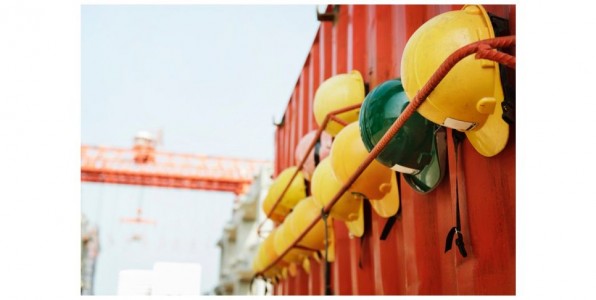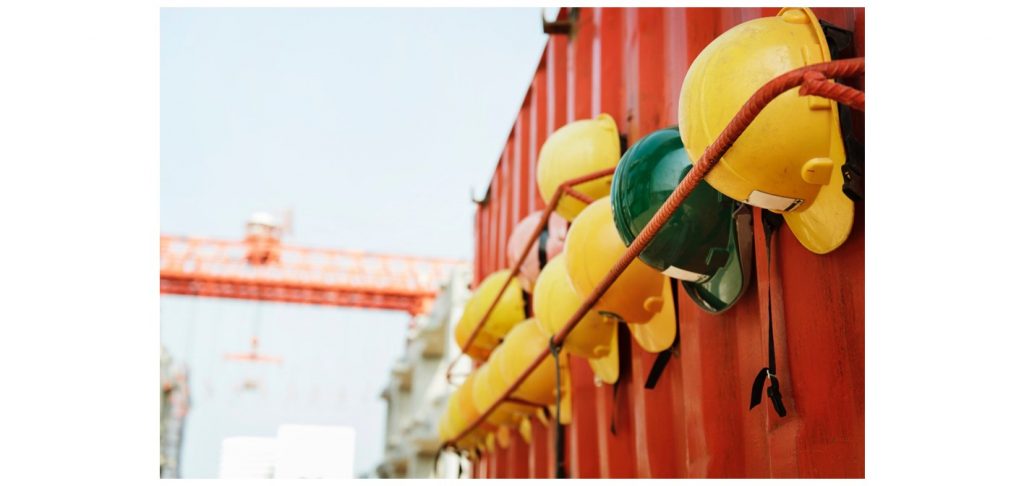4 steps you should be taking to keep your construction workers safe

4 steps you should be taking to keep your construction workers safe

Dan Casey, from hydraulic lifting equipment manufacturer Penny Hydraulics, outlines
the steps we need to take to ensure the safety of our construction workers.
With so many large materials and heavy machinery,
construction sites are amongst some of the most dangerous locations for
workers. In fact, between 2018 and 2019, the construction sector had the
highest number of staff fatalities compared to other main industry groups (HSE).
As an employer, it is your duty to ensure that your staff can
be protected from any potential hazards while working. In this article, I’ll be
outlining the steps you should be taking to make your site as safe as possible.
Stick to the relevant safety laws and
regulations
Before the project starts, you should ensure that
supervisors have gathered as much information about the job as possible. All
work should conform to the relevant health and safety regulations, including
the Health and Safety at
Work etc. Act 1974 and The
Construction (Design and Management) Regulations 2015.
To help with this, a thorough risk assessment should be
carried out to highlight areas where hazards may occur and how workers can be
protected from as much harm as they practically can. At this point, measures should
be taken to remove or minimise risk as much as possible, then the right
personal protective equipment (PPE) and machinery should be decided upon based
on the specific tasks at hand.
Make sure everyone is fully trained
Prior to any construction being carried out, all workers
should be fully trained. This includes up-to-date training on how to do tasks,
use machinery and wear any PPE supplied to them safely and effectively. It’s
also wise to inform everyone of any rules and method statements and remind them
that these have been set in place for their own welfare.
If you’re using new, unfamiliar machinery, there may not
always be someone around to train the rest of the team. Luckily, the
manufacturer can usually provide training on using their equipment safely.
Supply everyone with the right PPE
To keep them safe and comfortable, all workers should be
provided with the quality PPE for the job. These include:
- Hard hats,
- Ear protection — like earmuffs or earplugs,
- Thick gloves,
- Steel toe cap boots,
- Goggles
- Particulate, vapour or gas respirators,
- Class 2 or 3 high visibility clothing,
- Harnesses and safety protection lanyards when
working from a height, - Head torches and floodlights if working at
night.
Invest in the right equipment
Construction sites involve a lot of heavy equipment, and
this machinery can provide a few potential hazards for those working with them
or nearby. Before starting any job, you should make sure that the equipment
supplied for the job is suitable. So, you should be checking that it can handle
the heavy loads you plan to use it for to avoid the materials or the machinery
falling. You should also be making sure that this equipment is maintained
regularly to ensure that it is in full working condition.
But sometimes these large machines can be impractical for
the job. Construction workers may need to lift and move heavy materials once
they’ve been unloaded, and this can cause some serious long-term injuries if
these tasks are arduous and repetitive. As an employer, you must take steps to
protect your workers from any harm that can come from manually lifting or
carrying heavy loads, as stated in The
Manual Handling Operations Regulations 1992.
To aid with carrying and lifting, and to reduce the risk of
injury, you’ll need smaller cranes and hydraulic lifts, like our SwingLifts or
LoadLifts. These are made to handle lighter loads, such as materials and small
machinery like wacker plates, and can be fitted onto flatbeds and vans to aid
with unloading and moving. These reduce the need for workers to have to lift
and carry heavy items manually. Again, you should ensure that the equipment is
suitable for the task at hand by checking the optimum load it can hold. These
machines should also be fully equipped with the right harnesses, hooks, winches
and hoists to keep the load safe during transportation and lifting.
There is no way to keep workers completely free of harm
on your construction site. However, the four steps in this article can help to
reduce the risk of hazards and protect your workers in the event that an
accident does occur.
Comments are closed